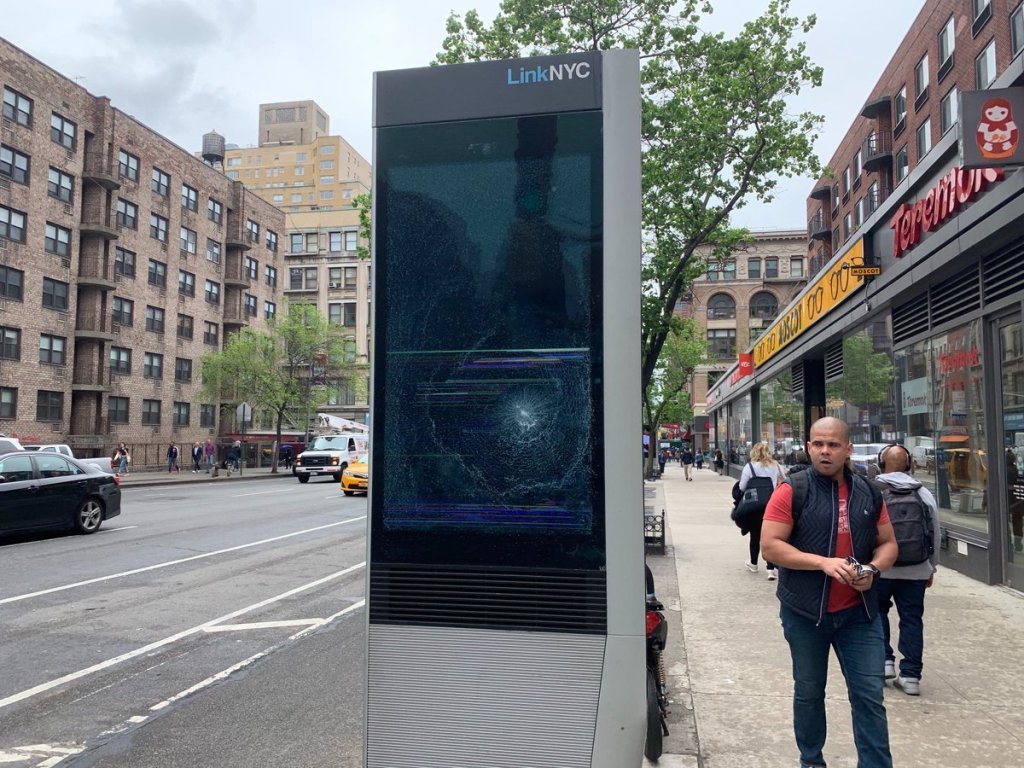Behind the glossy interface lie technical and operational pitfalls that can erode campaign value, dilute messaging, and disrupt strategic timelines.
As outdoor advertising increasingly turns to automation, programmatic digital billboards promise reach and efficiency. But for advertisers large and small that expect precision driven campaigns, this technology often introduces more reputational risk than reward.
- Common Hardware Failures
- Software Malfunctions and Glitches
- Control Issues with Ad Placement
- Screen Visibility and Lighting Limitations
- What To Do Instead

A recent State of New York Audit says LinkNYC Program is Failing
Common Hardware Failures
Despite the promise of 24/7 exposure, digital billboard hardware is prone to environmental wear and tear. Power outages, overheating, and screen degradation are not uncommon, especially in high-traffic or weather-intense areas.
A flickering panel or half-lit display not only disrupts the message but can create reputational damage, particularly problematic when showcasing high-value real estate listings or brand assets that rely on visual integrity.
Software Malfunctions and Glitches
Hourly billboards depend on real-time data syncs, server communication, and media file executions. When any of these break down, ads can display incorrectly or not at all. Marketers have reported latency issues, frozen screens, and ad loops that repeat out of sequence. These malfunctions are often outside the advertiser’s control and difficult to correct without direct site access, costing both visibility and trust.
Control Issues with Ad Placement
Traditional OOH campaigns offer direct input on placement. In contrast, programmatic buys often occur through aggregated exchanges with little transparency. Your listing ad could appear adjacent to unrelated or even contradictory content. Worse, it may cycle in locations with low relevance or foot traffic. This lack of precision makes it difficult to target the high intent, location sensitive audience that sophisticated marketing depends on.
Screen Visibility and Lighting Limitations
Billboard placement does not guarantee readability. Many digital screens suffer from poor contrast in bright daylight or glare-induced distortion. Without control over ambient conditions or hardware calibration, marketers risk paying for impressions that do not translate into engagement. For real estate campaigns where visual clarity is paramount, a dim or overlit display is a missed opportunity.
What To Do Instead
For businesses that serve a local or regional audience, you should have a well-executed content strategy before considering incorporating billboards into your mix.
- If you absolutely must include out of home advertising in your media plan – it is often more prudent to negotiate short-term, direct placements with reputable billboard vendors who offer transparency and localized control.
Hourly digital billboards have their place, but blind reliance on automation can be a strategic liability. Imagine the feeling of having to place a call to an angry client with an event-based campaign that didn’t deliver as promised before staking your reputation on programmatic out of home.